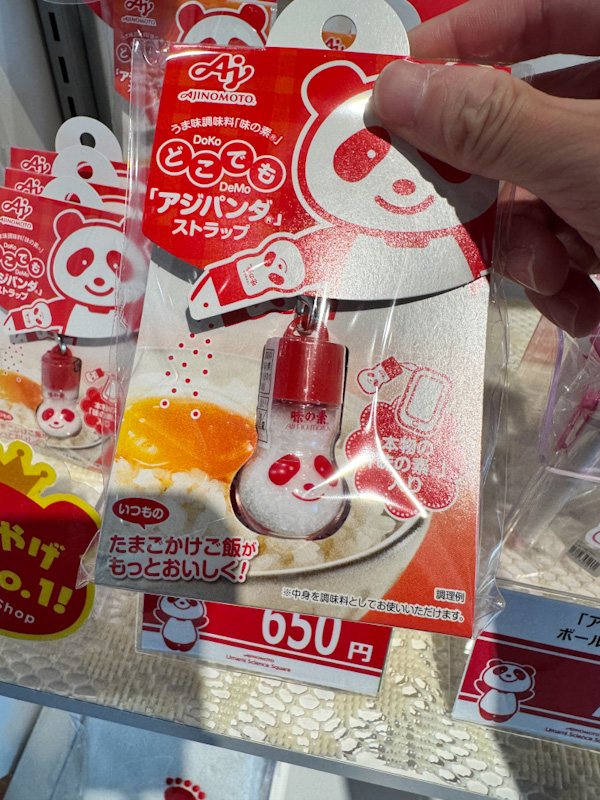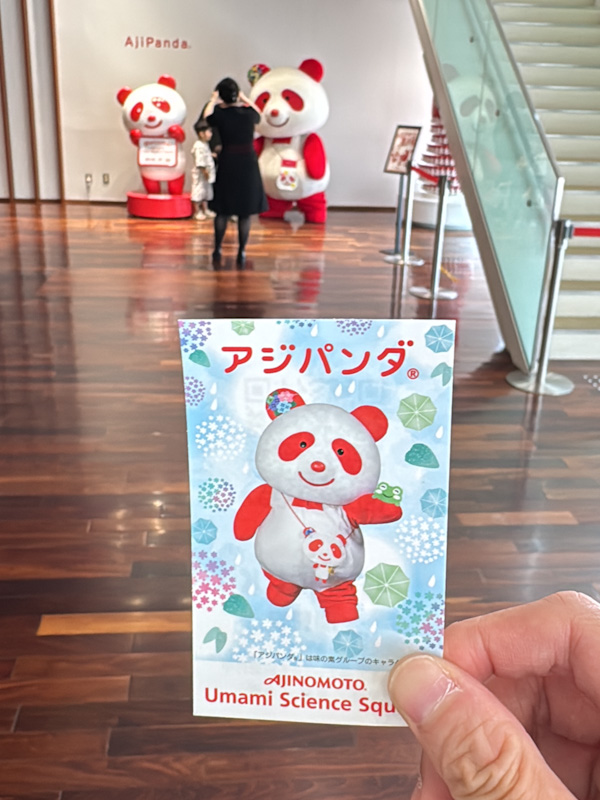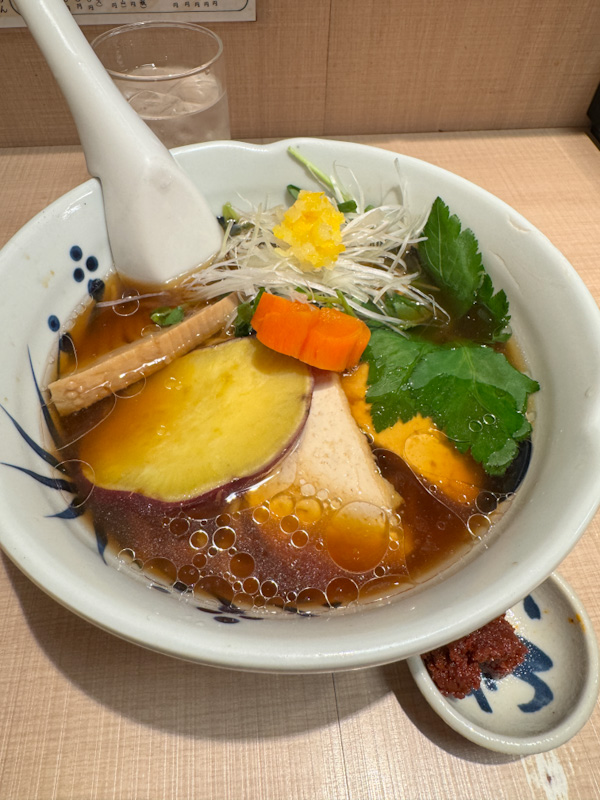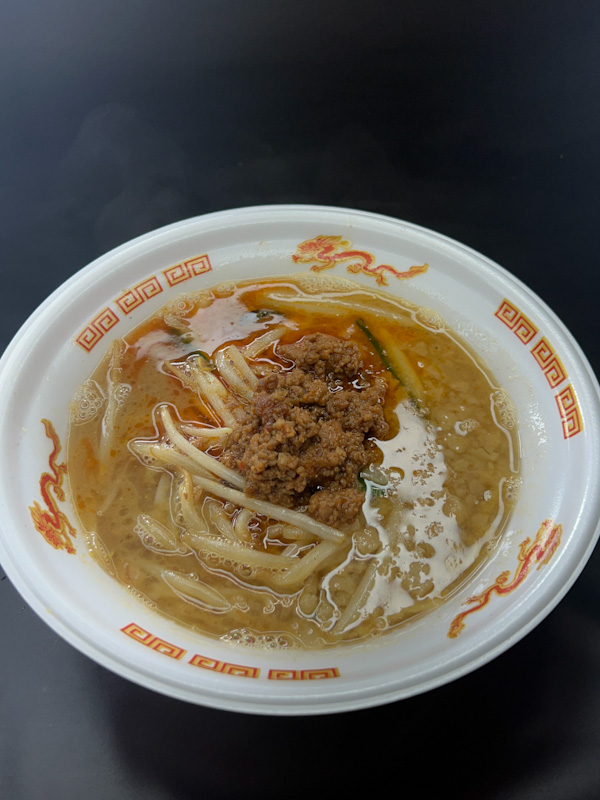Umami—the often-misunderstood “fifth taste”—is now a staple of ramen-lovers’ vocab. But what is umami, exactly? And how did it move from kelp broth to MSG packets? I went to the Ajinomoto MSG factory in Kawasaki to find out.
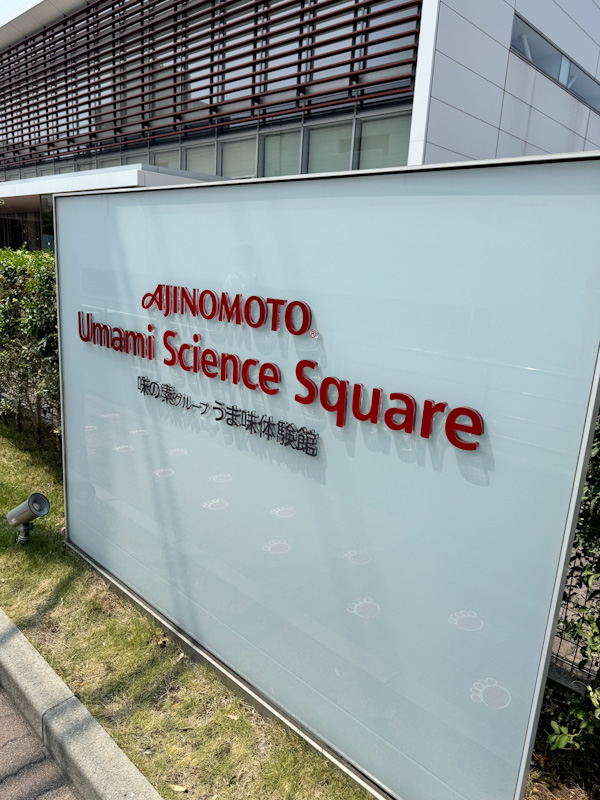
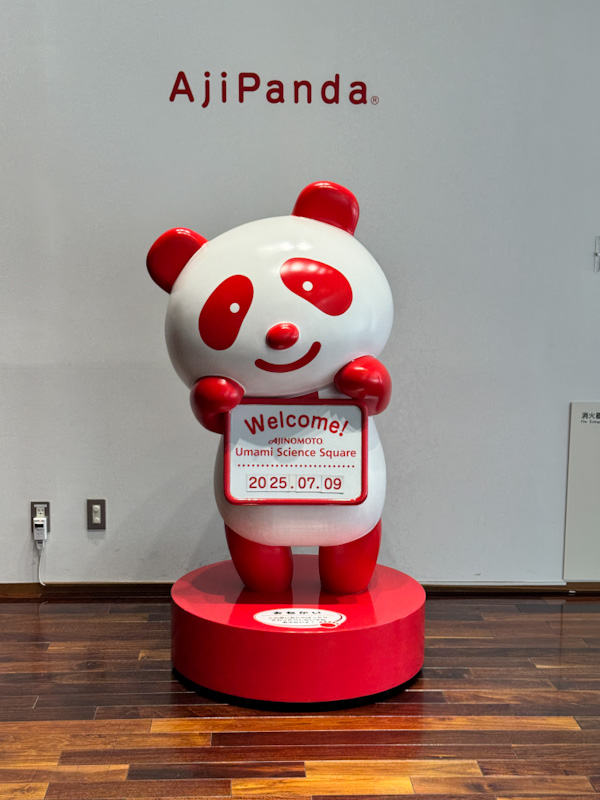
🧠 Kikunae Ikeda & the Birth of MSG
In 1907, chemist Kikunae Ikeda noticed a unique taste in kombu dashi that didn’t fall under the four classical categories—sweet, salty, sour, or bitter. A year later, he successfully isolated glutamic acid from dried kelp and patented it as monosodium glutamate (MSG) under the name Ajinomoto, meaning “essence of taste.”
His discovery didn’t stay in Japan for long.
🌍 MSG’s Global Rise—Before the Backlash
Within a few decades, demand for MSG exploded. By the 1930s, MSG had entered kitchens across China, Southeast Asia, and even the United States, where it was marketed as a flavor enhancer for everything from canned soups to military rations. Its ability to make food more savory—and even slightly sweet—made it wildly popular across both commercial and home cooking.
MSG was hailed as a modern marvel: a flavor booster, shelf-stable, and affordable. And it was embraced far beyond ramen—used in fried rice, stews, sauces, and snacks. That popularity held strong until the late 1960s.
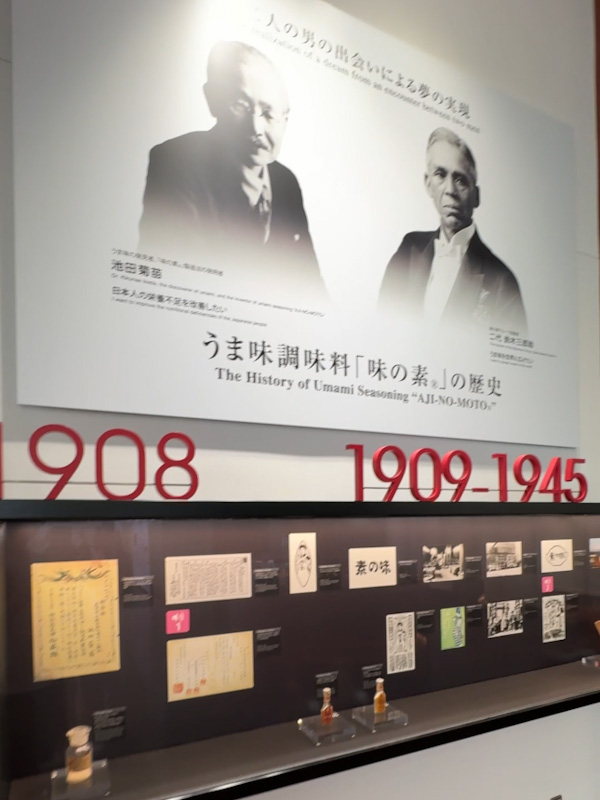
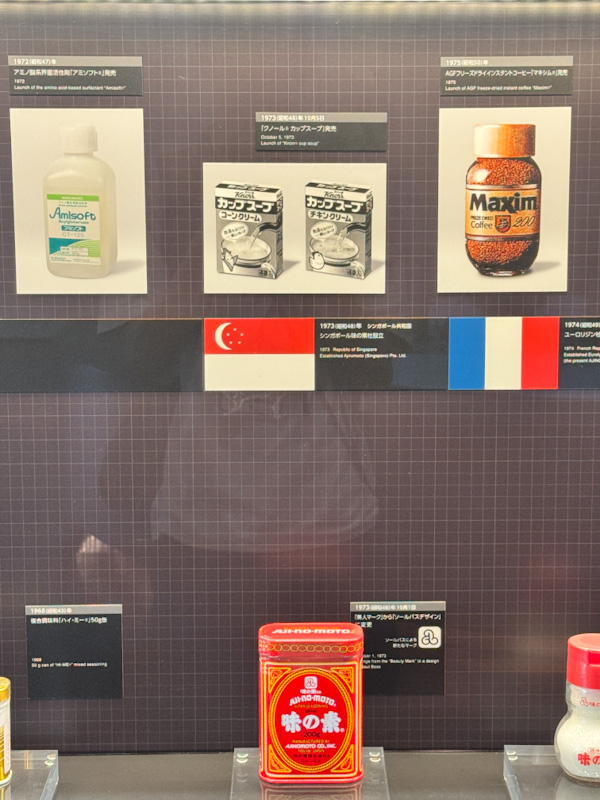
⚠️ The Chinese Restaurant Syndrome Myth
In 1968, a letter published in the New England Journal of Medicine described symptoms like headaches and numbness allegedly caused by eating Chinese food. The writer casually suggested MSG might be to blame—without evidence.
That single letter snowballed:
- Newspapers picked it up and dubbed it “Chinese Restaurant Syndrome.”
- Chefs and restaurants began boycotting MSG and promoting “MSG-free” menus.
- A full-blown stigma spread, particularly in the West.
It wasn’t until the late 1990s and early 2000s that rigorous studies from the FDA, WHO, and JECFA (Joint FAO/WHO Expert Committee on Food Additives) confirmed:
👉 MSG is safe in normal culinary use, and symptoms could not be consistently replicated under controlled conditions.
🌿 From Kombu to Cane Sugar: How MSG Is Made
In the early 20th century, MSG was extracted from kombu—but the process was wildly inefficient. According to the Ajinomoto factory guide, it took over 100kg of kombu to produce just a few grams of glutamate. Even if we harvested every piece of seaweed in Japan, it wouldn’t keep up with demand.
Today, MSG is made using sugarcane or tapioca starch. Here’s how:
- Extract sugar
- Ferment with specific bacteria, which convert glucose into glutamic acid
- Purify and crystallize the final product into the MSG you find on shelves
At the Kawasaki factory, the production process is fully automated. We watched huge fermentation tanks and conveyors producing tons of MSG daily, all controlled from a central command center.
🍜 Taste Testing: Does MSG Really Make a Difference?
As part of the tour, we sampled two miso soups—one plain, one with just a sprinkle of MSG.
The difference was immediate:
- The MSG version was rounder, deeper, and more “complete.”
- It didn’t taste salty or artificial—just balanced and comforting, like the soup suddenly made sense.
Here’s a kicker:
MSG contains ⅔ less sodium than regular salt, so it can actually help reduce total sodium intake when used correctly. That’s a huge benefit for home cooks or anyone watching their salt levels, without compromising on flavor.
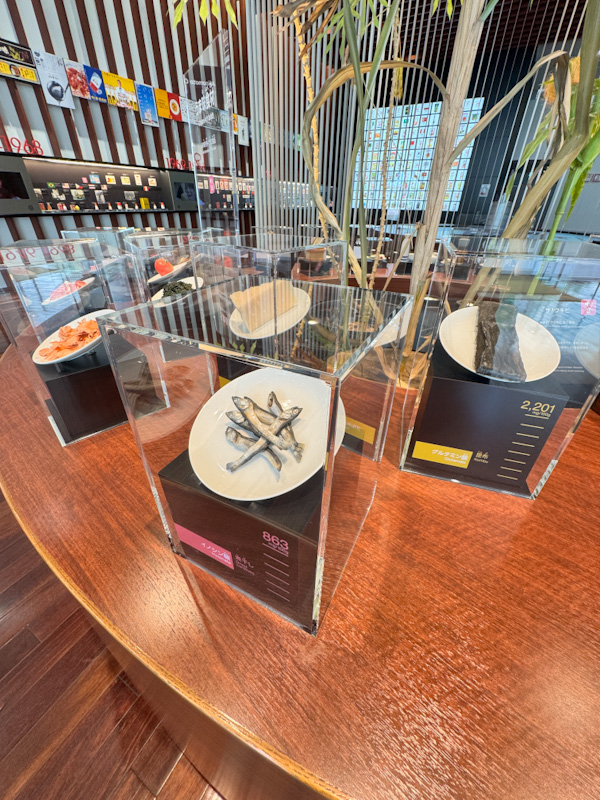
🧂 Natural Umami vs. MSG in Ramen
MSG often gets pitted against “natural” ingredients, but both serve a role. Here’s how they compare in ramen:
| Ingredient | Umami Compound | Role in Ramen Broth |
|---|---|---|
| Kombu (seaweed) | Glutamate | Sweet-savory base, used in shio/shoyu ramen |
| Katsuobushi (bonito) | Inosinate | Smoky depth, common in Tokyo-style ramen |
| Shiitake | Guanylate | Earthy richness, often in vegetarian broths |
| Niboshi / Anchovy | Inosinate | Salty sharpness, often in niboshi ramen |
| MSG | Glutamate | Fast, flexible, layered flavor boost |
MSG can’t replicate the complexity of long-simmered broths, but it can amplify flavor with precision—making it ideal for home kitchens or small-scale ramen prep.
🤔 Should Ramen Have MSG?
Here’s my honest take:
While many of us gravitate toward “natural-only” ramen shops, we forget that MSG is also derived from natural sources. In fact, it’s no more processed than the gluten in your noodles or the soy sauce in your tare.
MSG doesn’t have to replace traditional ingredients—it can enhance them, or stand in when time or budget doesn’t allow for bonito or kombu. It’s also one of the cheapest ways to bring umami into your home kitchen.
So should ramen have MSG?
If it makes your broth taste better—why not?
🎯 Final Take
Visiting the Ajinomoto Factory in Kawasaki helped me see umami not just as a buzzword, but as a scientific, cultural, and culinary evolution. From kombu to sugarcane, from chemical crystallization to soup bowls around the world—MSG has a story worth telling.
And the next time someone says their ramen has “no MSG”—maybe ask them what kind of umami they do use. You might just find yourself reaching for a pinch of it, too.
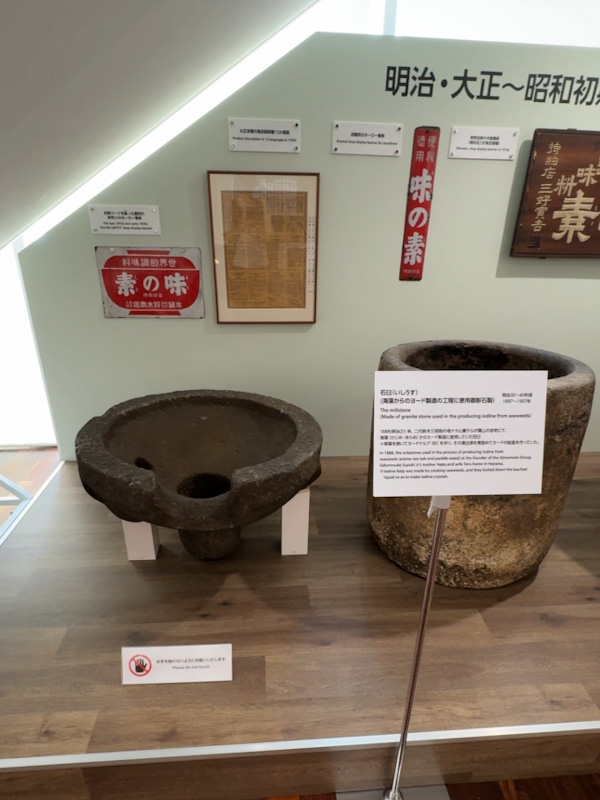
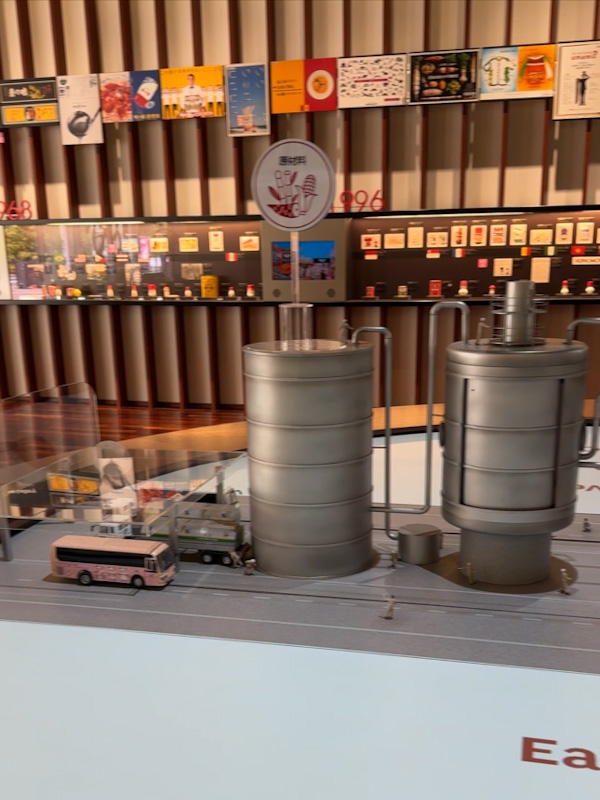
🏭 Thinking of Visiting the Ajinomoto Factory in Kawasaki?
If you’re curious to see how umami is made at scale—or just want to nerd out over fermentation tanks and miso soup samples—the Ajinomoto Kawasaki Factory Tour is worth the trip. But take note: this isn’t a walk-in experience. Here’s what to know before you go:
✅ How to Book
- Make a reservation online at least 2 days in advance. Slots are limited and fill up fast—especially during school holidays or weekends.
- Tours run at fixed times, and you must arrive at least 10 minutes early to check in. Once the tour starts, latecomers are not allowed in—no exceptions.
- Bring your ID or passport for identity verification during registration.
🎧 Language & Accessibility
- The tour is primarily conducted in Japanese, but audio guides in English are available—just request one at the front desk.
- The tour includes a 360-degree immersive theater, animated dioramas, and guided walkthroughs, so even if you don’t speak Japanese, the visual experience is worth it.
- There’s a tasting session towards the end of the tour, so let the staff know if you have any allergies
🚫 Photography Rules
- Keep your phones on silent and cameras tucked away. Once the official tour begins, photography and videography are not permitted—this includes the theater, diorama, and production zones.
- Don’t worry though—there are photo spots before the tour, and you’ll still leave with some memories (and souvenirs).
🎁 Don’t Leave Without This
- Before heading out, make sure to grab their limited-edition Ajinomoto keychain—a mini replica of their iconic red-and-white MSG bottle.
- It’s limited to one per person, and a quirky reminder of your trip into the world of umami.
